The celebration of Matariki, the Māori New Year, is a deeply significant event in New Zealand’s cultural calendar. Among the many traditions that mark this occasion, the hāngī, or earth oven, stands out as a powerful symbol of community, heritage, and connection to the land. The hāngī is more than just a method of cooking; it is a ritual that brings people together, embodying the spirit of Matariki through shared labor, patience, and the enjoyment of food prepared in harmony with nature.
Preparing a hāngī is a labor-intensive process that requires careful planning and teamwork. The first step involves digging a pit in the ground, which will serve as the oven. Stones are then heated in a fire until they glow red-hot, a process that can take several hours. Once the stones are ready, they are placed at the bottom of the pit, followed by layers of food—typically meats like pork, lamb, or chicken, as well as root vegetables such as kūmara (sweet potato), potatoes, and pumpkin. The food is wrapped in leaves or cloth to protect it from the dirt, and the pit is covered with wet sacks and soil to trap the heat. The meal slowly cooks underground for several hours, infusing the food with a distinctive smoky flavor that is impossible to replicate with modern cooking methods.
The hāngī is not just about the food; it is a communal experience that strengthens bonds between participants. The preparation often begins early in the morning, with family and friends gathering to contribute to the effort. Each person has a role to play, whether it’s gathering firewood, preparing the food, or tending to the fire. This collective effort mirrors the values of whanaungatanga (kinship) and manaakitanga (hospitality), which are central to Māori culture. As the food cooks, stories are shared, songs are sung, and the group reflects on the past year while looking forward to the new one. The act of waiting for the hāngī to be ready teaches patience and appreciation, reminding everyone of the importance of slowing down in a fast-paced world.
Matariki itself is a time of renewal and remembrance, and the hāngī plays a key role in these observances. The feast that emerges from the earth oven is often the centerpiece of Matariki celebrations, symbolizing abundance and gratitude for the harvest. It is also a way to honor those who have passed away, as the steam rising from the hāngī is said to carry messages to the ancestors. The meal is shared with everyone present, reinforcing the idea that no one should go hungry and that the community’s well-being is a collective responsibility. In this way, the hāngī becomes a living expression of Māori values and a bridge between the past and the present.
In recent years, there has been a resurgence of interest in traditional Māori practices, including the hāngī. Urban communities and younger generations are embracing this ancient cooking method, not only for its unique flavors but also for its cultural significance. Workshops and public events now teach people how to prepare a hāngī, ensuring that the knowledge is passed down to future generations. Restaurants and food festivals have also begun to feature hāngī-inspired dishes, introducing the tradition to a wider audience. This revival speaks to a broader movement of cultural reclamation, where Māori traditions are celebrated and integrated into contemporary life.
The hāngī’s connection to the land is another reason it holds such importance during Matariki. The earth oven is a reminder of the relationship between people and Papatūānuku, the Earth Mother. By cooking food in the ground, participants acknowledge their dependence on the land and its resources. This practice aligns with the environmental ethos of kaitiakitanga (guardianship), which emphasizes sustainable use and protection of natural resources. In a time when climate change and environmental degradation are pressing concerns, the hāngī offers a model of how to live in balance with nature.
As Matariki gains recognition as a public holiday in New Zealand, the hāngī is likely to play an even greater role in the festivities. Its enduring appeal lies in its ability to bring people together, fostering a sense of belonging and continuity. Whether in rural marae or urban parks, the sight and smell of a hāngī in progress evoke a deep sense of cultural pride and connection. For many, it is a highlight of the Matariki season—a time to pause, reflect, and celebrate with loved ones over a meal that is as meaningful as it is delicious.
The hāngī is more than a culinary tradition; it is a living testament to the resilience and vibrancy of Māori culture. As New Zealand continues to embrace its bicultural identity, practices like the hāngī serve as powerful reminders of the richness of indigenous knowledge. They offer a way to honor the past while nourishing the present, ensuring that the spirit of Matariki—and the values it represents—endures for generations to come.
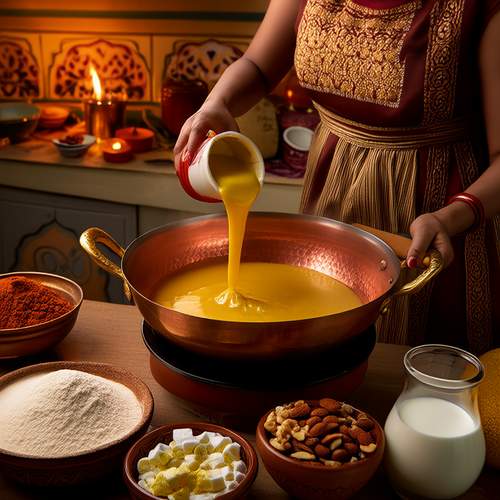
By /May 26, 2025
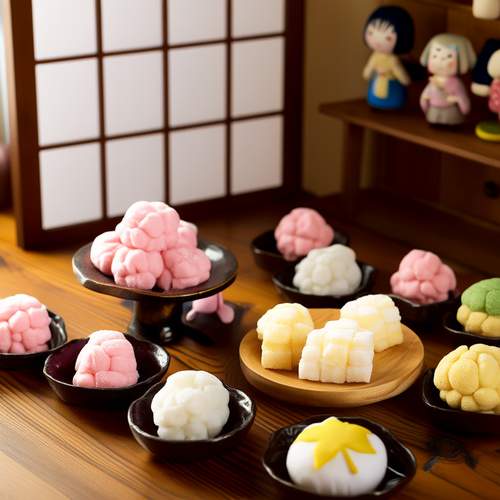
By /May 26, 2025
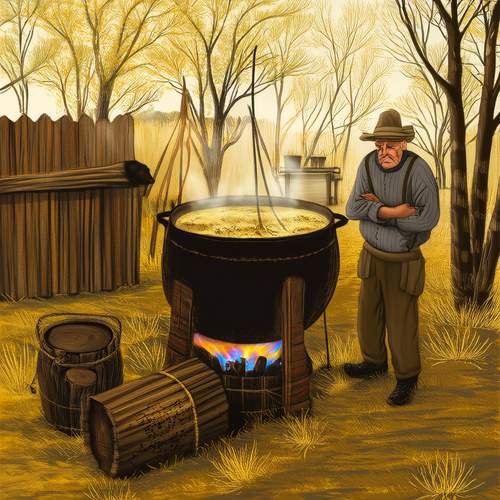
By /May 26, 2025

By /May 26, 2025
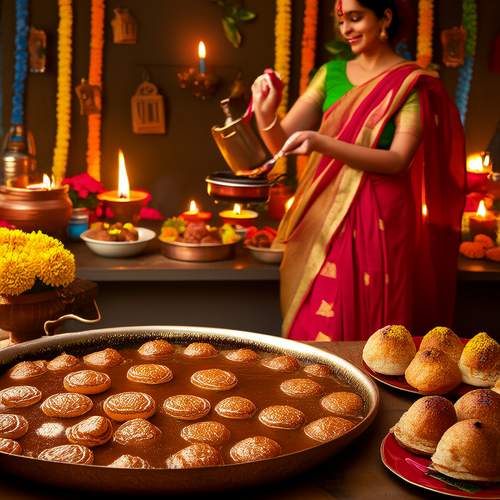
By /May 26, 2025
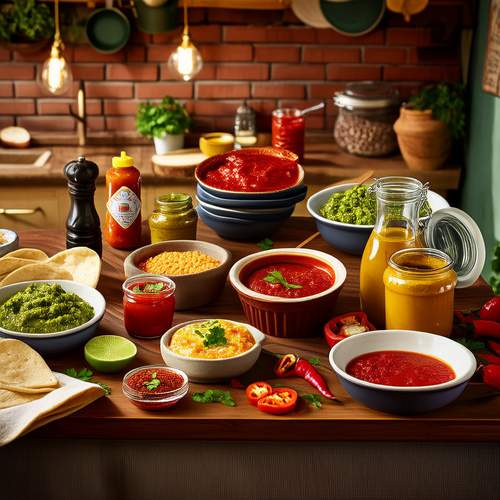
By /May 26, 2025
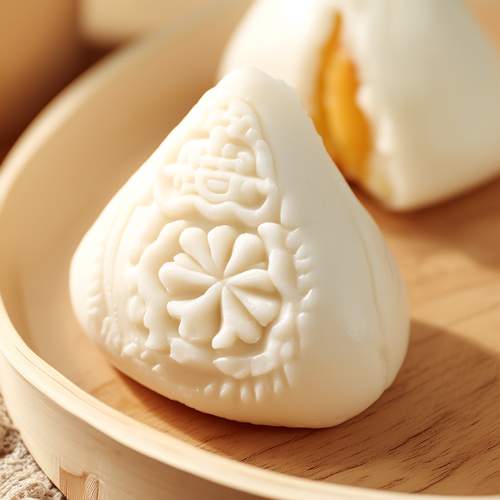
By /May 26, 2025
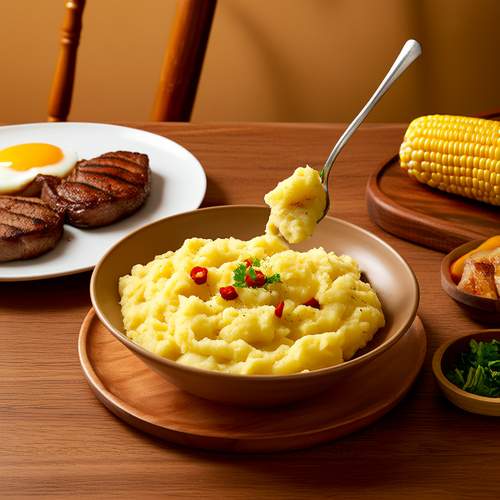
By /May 26, 2025
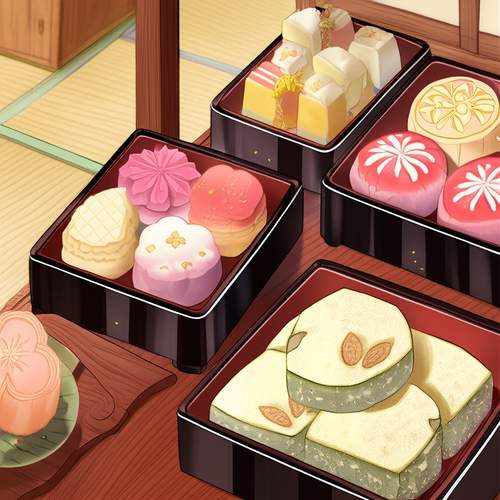
By /May 26, 2025
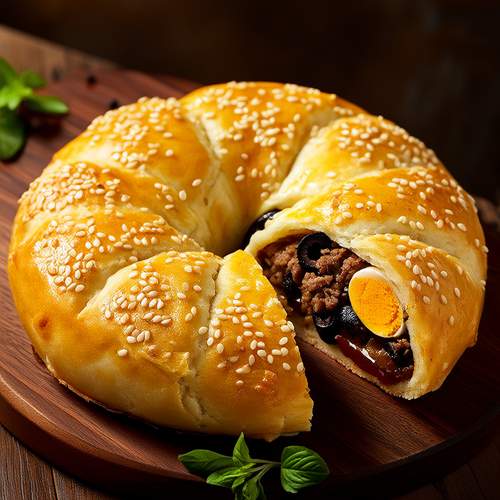
By /May 26, 2025
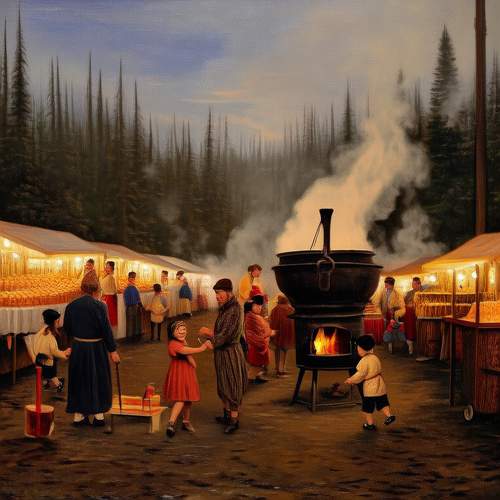
By /May 26, 2025
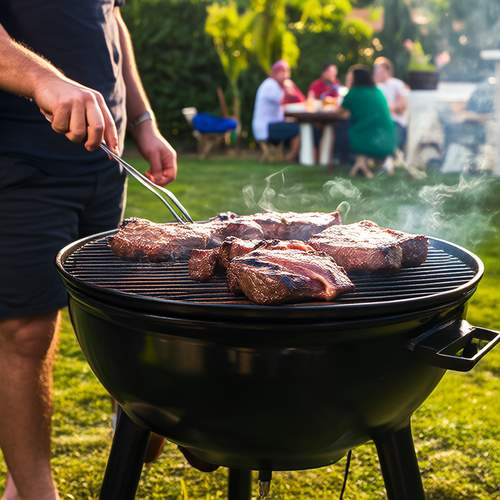
By /May 26, 2025

By /May 26, 2025
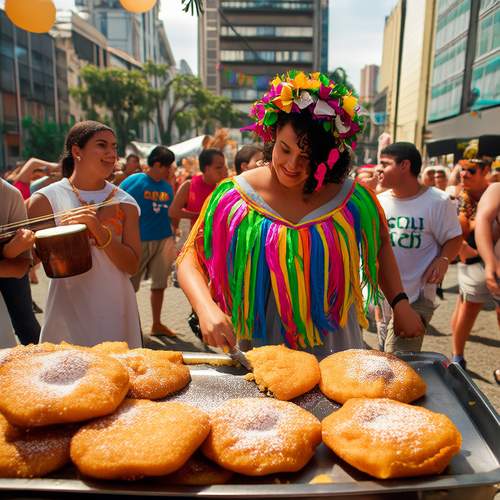
By /May 26, 2025
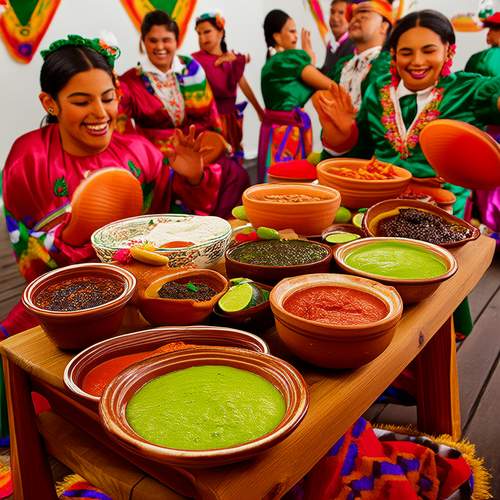
By /May 26, 2025
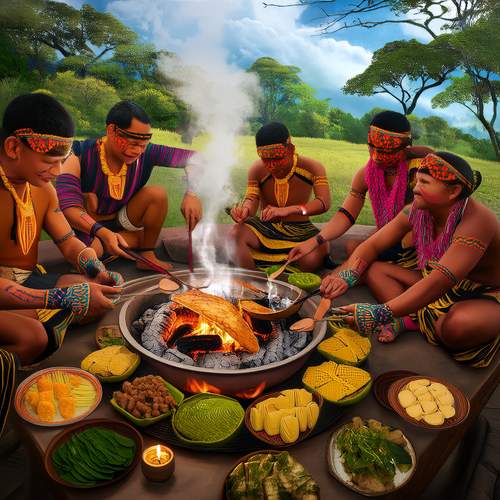
By /May 26, 2025
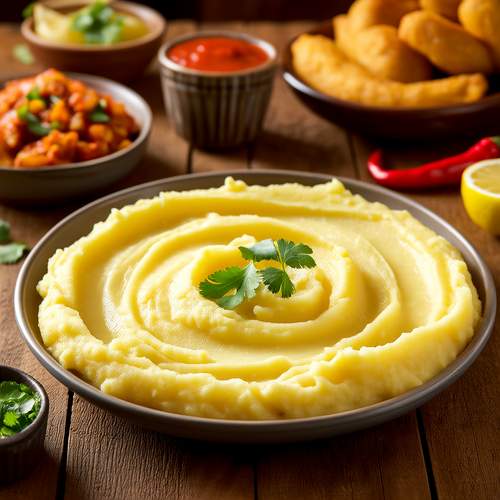
By /May 26, 2025